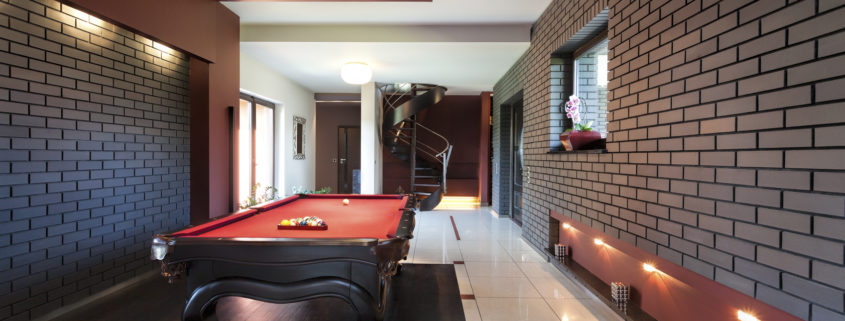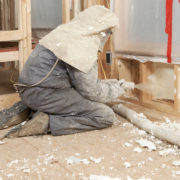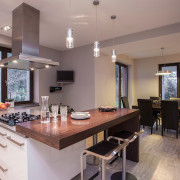Where to Begin with a Basement Remodel
When making plans for your basement remodel, it is easy to get carried away with grand designs. However, that is like putting the cart in front of the horse. Before you sketch out your dream basement remodel, there are a few key steps you need to take first.
- Make sure it is dry. If you have existing water issues, covering over them with pretty finishes will only result in disaster down the road. Check for drips or pooling water inside the basement and scan the inside and outside walls for cracks. Be sure that the ground slopes away from your basement as well to avoid any unwanted water problems.
- Brush up on local codes and necessary permits. Nothing will ruin your basement dreams like a stop-work order from the city. Make sure that your basement remodel plans are up to code and make sure you obtain the necessary permits as well.
- Waterproof. Install a vapor barrier on all the walls and floors to protect your basement from moisture and mold. Wait a day or so before installing your drywall and flooring. Your vapor barrier can give you a good idea how much moisture is coming through. If there is an excess of moisture, there may be a water problem that needs fixing before you continue. You can also create an offset between the vapor barrier and the outer walls using furring strips. This adds an extra layer of moisture protection.
- Insulate. You want to keep your basement cozy in the winter. Make sure you insulate properly and choose an insulation that includes a moisture barrier on both sides. This will further improve your basement’s moisture resistance. As an added bonus, insulation can also dampen outside noise as well.
- Recess lighting. When deciding on your lighting options, recessed lighting is almost always the way to go in a basement. This is because basements tend to have lower ceilings from the start. Light fixtures will further exacerbate this issue. By using recessed lighting, you save valuable headspace.
- Turn up the heat. Basements have the unpleasant stereotype of being cold and uninviting during the winter. When installing your heating, run the vents along the baseboards. Hot air rises, so by placing the heat source on the floor, you maximize its effectiveness.
- Utilitarian utility room. While you may think your water heater is an eyesore, don’t go boxing it into a tiny corner. Don’t bother trying to design around it either. There are specific codes and regulations for how much space is needed around your water heater and HVAC unit. This is because they will need repairs and servicing from time to time. Avoid an inspection nightmare by keeping the area around your water and HVAC units unfinished and simple.
By taking the proper steps in the beginning, you can ensure a smooth basement renovation. If you are still uncertain how to proceed, hire a local contractor. Contractors should be familiar with the codes and permits necessary for your renovation and can help you make your basement dreams a reality.












